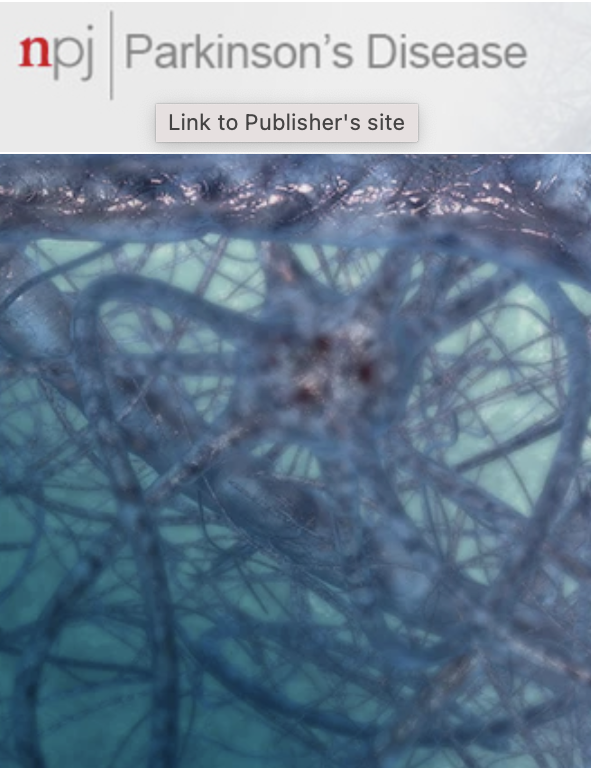脑灌注成像预测帕金森大鼠左旋多巴诱导的运动障碍。
IF 8.2
1区 医学
Q1 NEUROSCIENCES
引用次数: 0
摘要
许多帕金森病(PD)患者表现出与左旋多巴诱导的运动障碍(LID)治疗相关的并发症。预防LID的发生对PD的治疗至关重要,但一些患者发生LID的原因尚不清楚。预测LID易感性的能力对于研究缓解策略是有价值的。30只大鼠在给予左旋多巴(2 mg/kg)治疗前先给予6-羟多巴胺诱导帕金森样行为,连续22天。其中14人发展出了类似盖子的行为。治疗前采集氟脱氧葡萄糖PET、t2加权MRI及脑灌注显像。训练支持向量机从treatment-naïve基线成像中对潜在LID与非LID动物进行分类。在留一交叉验证中,体积灌注成像对LID与非LID动物的分类总体上表现最佳,其曲线下面积为86.16%,准确度为86.67%,灵敏度为92.86%,特异性为81.25%。我们利用灌注成像和机器学习模型证明了基于成像的帕金森大鼠模型LID易感性分类的概念验证。本文章由计算机程序翻译,如有差异,请以英文原文为准。
Cerebral perfusion imaging predicts levodopa-induced dyskinesia in Parkinsonian rat model.
Many Parkinson's disease (PD) patients manifest complications related to treatment called levodopa-induced dyskinesia (LID). Preventing the onset of LID is crucial to the management of PD, but the reasons why some patients develop LID are unclear. The ability to prognosticate predisposition to LID would be valuable for the investigation of mitigation strategies. Thirty rats received 6-hydroxydopamine to induce Parkinsonism-like behaviors before treatment with levodopa (2 mg/kg) daily for 22 days. Fourteen developed LID-like behaviors. Fluorodeoxyglucose PET, T2-weighted MRI and cerebral perfusion imaging were collected before treatment. Support vector machines were trained to classify prospective LID vs. non-LID animals from treatment-naïve baseline imaging. Volumetric perfusion imaging performed best overall with 86.16% area-under-curve, 86.67% accuracy, 92.86% sensitivity, and 81.25% specificity for classifying animals with LID vs. non-LID in leave-one-out cross-validation. We have demonstrated proof-of-concept for imaging-based classification of susceptibility to LID of a Parkinsonian rat model using perfusion-based imaging and a machine learning model.
求助全文
通过发布文献求助,成功后即可免费获取论文全文。
去求助
来源期刊

NPJ Parkinson's Disease
Medicine-Neurology (clinical)
CiteScore
9.80
自引率
5.70%
发文量
156
审稿时长
11 weeks
期刊介绍:
npj Parkinson's Disease is a comprehensive open access journal that covers a wide range of research areas related to Parkinson's disease. It publishes original studies in basic science, translational research, and clinical investigations. The journal is dedicated to advancing our understanding of Parkinson's disease by exploring various aspects such as anatomy, etiology, genetics, cellular and molecular physiology, neurophysiology, epidemiology, and therapeutic development. By providing free and immediate access to the scientific and Parkinson's disease community, npj Parkinson's Disease promotes collaboration and knowledge sharing among researchers and healthcare professionals.
 求助内容:
求助内容: 应助结果提醒方式:
应助结果提醒方式:


